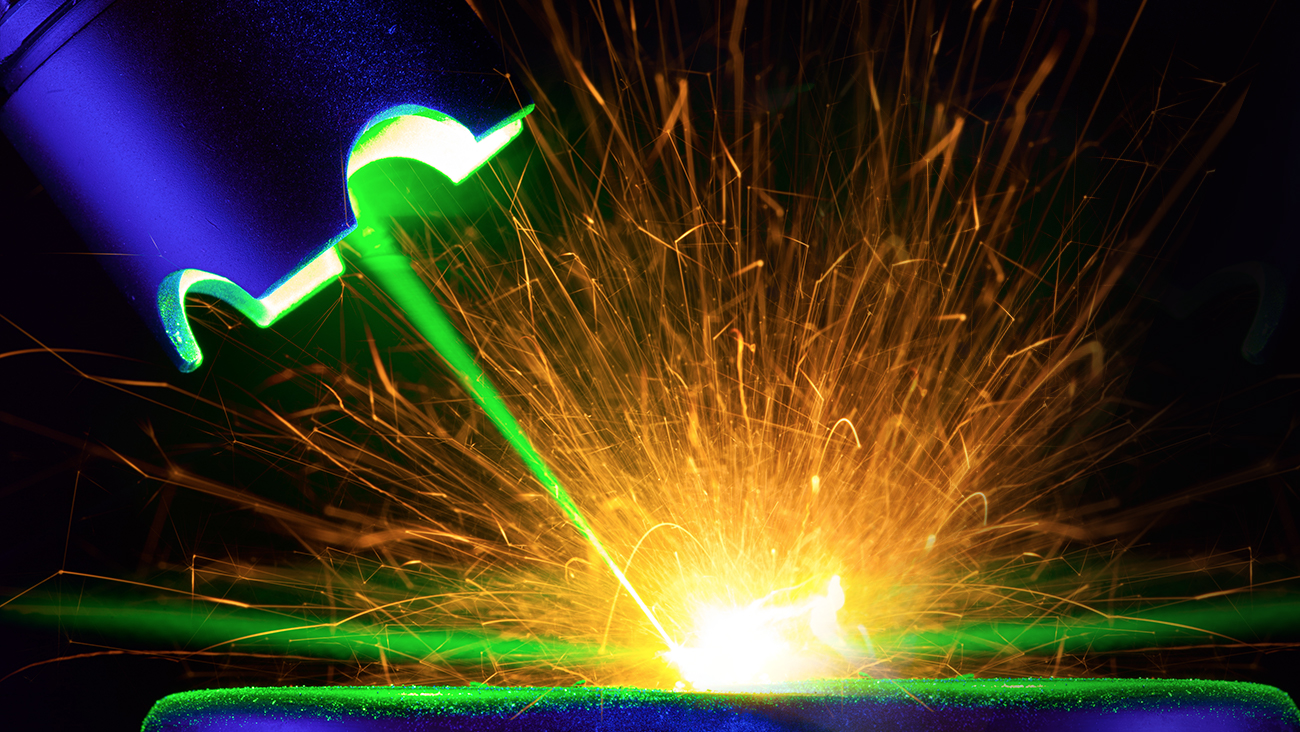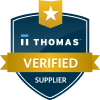The best way to weld steel and aluminum together is fiber laser welding

The potential benefit of functionally integrated components made of steel and aluminum has sparked global research in methods to weld these two dissimilar staple metals for many years. The ability to leverage steel and aluminum alloys in mixed metallic components could dramatically reduce the weight of automobiles and planes without sacrificing mechanical strength, and offers consumer and medical device manufacturers unique alternatives to solve thermal and electrical challenges in compact spaces. Additional benefits include formability, corrosion resistance, and lower costs.
Versatile metal alloys have already served many applications today, but welding them together perfectly and repeatedly continues to be an evasive process. In this blog we’ll be talking about how advanced fiber laser welding technologies and techniques have been demonstrated to be the best and provide the most success when it comes to welding steel and stainless steel and aluminum together.
To understand the benefits of the fiber laser, one can first gain insight from these pitfalls of more traditional laser welding methods:
The low miscibility of aluminum alloys and steel is a well-known phenomenon caused by very large differences in their thermophysical, electrical, and chemical properties, mainly, the melting temperature difference between aluminum at 660 °C and steel at 1538 °C. The density of aluminum is also a third of that of steel, which means it will become liquid that much faster. In addition to “floating” on the steel, liquid aluminum absorbs more laser energy than when in its solid state and results in laser-induced plasma. This often leads to porosity, hot cracks, and the formation of brittle Fe-Al intermetallic compounds. These intermetallic compounds greatly reduce the weld strength and reliability, and are often hard to predict with most welding processes.
Some success has been found with ultrasonic welding, friction welding, explosion welding, and resistance welding of aluminum alloys and steel. But these welding processes are only suitable for very specific weld joint types, and limit their use. Cold Metal Transfer (CMT), vacuum brazing, and furnace brazing has also been studied, but the mechanical strength of the weld joints is typically low. Higher mechanical strength aluminum-steel weld joints has been demonstrated with TIG, MIG, electronic beam, and laser welding.
Diffusion welding is a solid-state welding process that produces coalescence of the two metals by the application of pressure and elevated temperatures. This does work sometimes for welding together dissimilar metals like aluminum and steel. The process includes the two metals being pressed together at an elevated temperature, usually between 50-70% of the melting point and the process of diffusion occurs. It’s a tricky process to master and deliver repeatable results from, however.
Another example of a solid-state welding process is explosion welding. The process of explosion welding includes controlled detonations to fuse one metal surface to another. This process can join a wide variety of compatible and non-compatible metals together. Next to fiber laser welding, this method is an application-specific alternative.
Here's What Fiber Laser Welding Offers:
- Highly accurate control of the heat input
- Ability to automate and create higher volume throughput without major fixturing
- Low distortion for complex weld joints and shapes
- Has a small heat-affected zone (HAZ)
- Allows for high energy density welding (on advanced machines)
Moreover, like a CNC machine is to coaxial components, a programmable fiber laser machine is to welded alloy components. Unlike other welding technologies, these machines are able to be pulsed, the pulses can be shaped, and hence, the temperature of the weld joint can be precisely controlled at the molten joint. Specifically, the small focus diameter of fiber laser technology offers enhanced power density, a smaller HAZ, lower cycle time, and lower heat input which can all be documented and repeated. This can lead to a lower volume of intermetallics and even controlled intermetallic development that can be maintained over extended periods of time.
Additionally, the flexibility of fiber laser platforms also enables automated, repeatable, and reliable implementations of welding techniques that also reduce waste, porosity and sputtering common to other laser welding techniques. Moreover, even deeper control of intermetallic mixing regions has also been demonstrated with recent techniques, such as with wobble-head technology, that are able to produce stronger welds.
As these techniques are becoming more widespread, innovations in many applications, including RF, medical, and battery technology are being achieved. Also, reduced weight and complexity of automobile, aircraft, and naval ship platforms are being achieved, ultimately reducing their fuel use and environmentally damaging emissions.
*Metallurgy is the science of working with and processing various metals often with dissimilar scientific or chemical compounds. In welding metals, where heat is introduced, thermodynamics plays a significant role and is the reason why fiber laser welding offers far superior advantages over other types of welding—especially when it comes to welding steel and aluminum together.
For example, carbon steel, made up of iron and carbon, melts at twice the temperature of aluminum, so, if you were a metallurgist observing Arc welding, you'd observe and document that the aluminum would be in a liquefied state by the time the temperature had a chance to affect the steel. Metallurgists and welding experts have managed to find a balance and get these metals to bond, however, it's widely accepted that these bonds are brittle and weak and are difficult to reproduce consistently.




